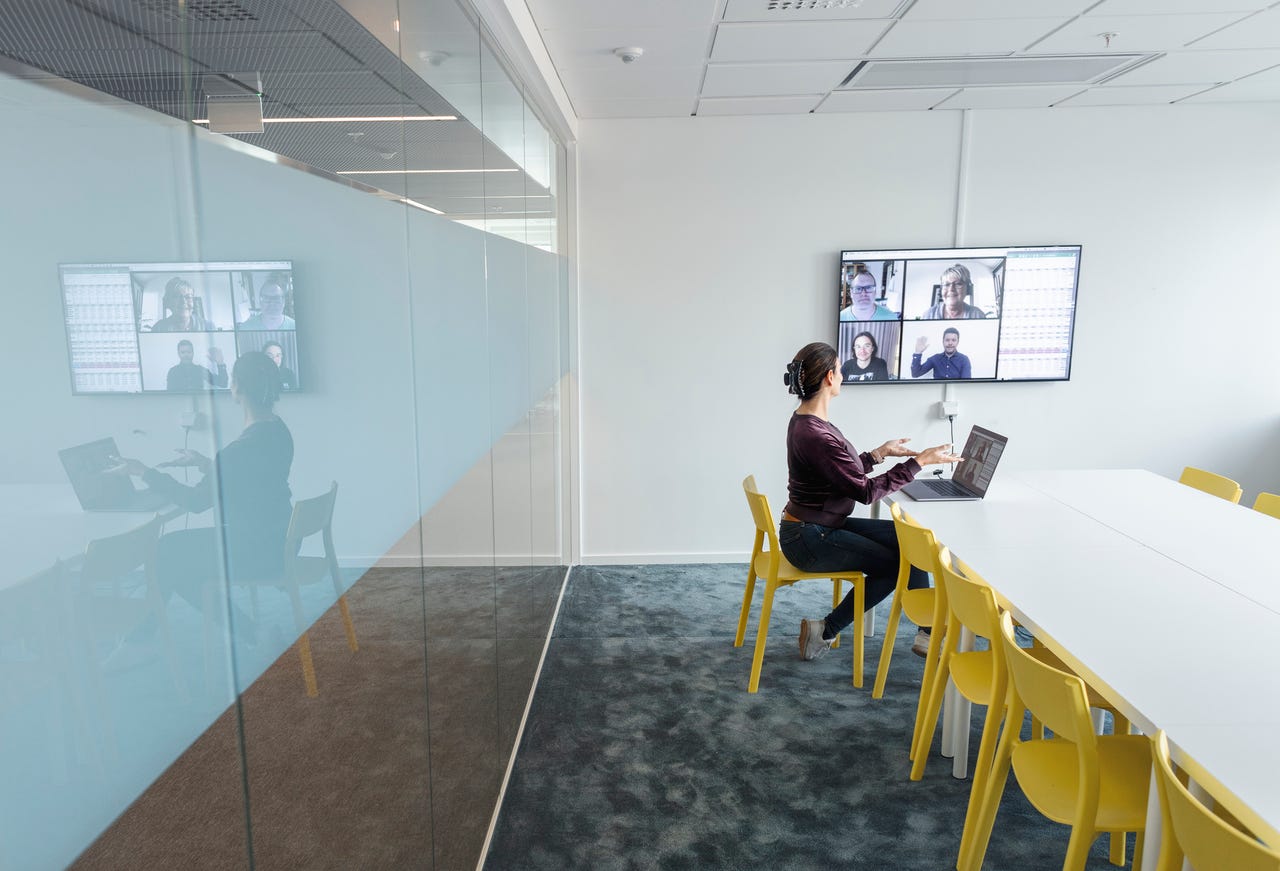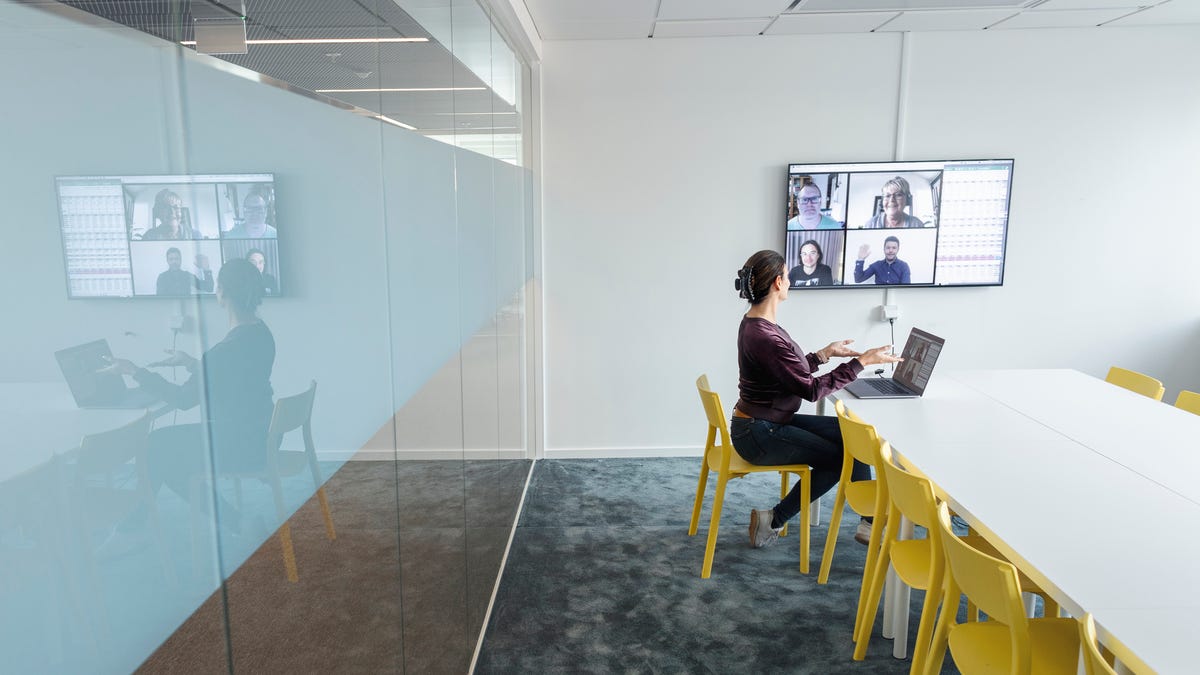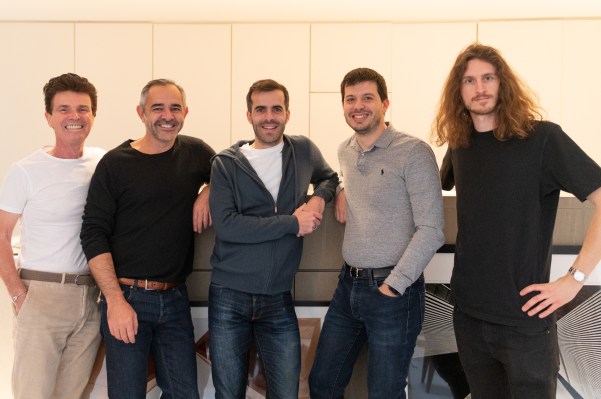Hybrid work is in trouble. Here are 4 ways to make it work in the longer term

Hybrid work might be the new normal for many of today’s knowledge workers, but it’s an unusual way of working that has required a time of adjustment for others.
One of the issues is isolation — even for people like me, who’ve spent more than a decade working from home as a freelancer. My pre-pandemic working life was broken up by going into London to have interviews with people in real life.
Also: Hybrid and remote work: The state of play in 2023
I’d go to swanky head offices and have one-on-ones with CIOs of blue-chips firms, or I’d pop into an event and chat with some of the speakers. Every so often, I’d have an interview over the phone.
But one thing I never had was video chats — no one even suggested it.
That all changed, of course, when the COVID-19 pandemic forced everyone into their homes. Video-conferencing tools, such as Zoom and Teams, boomed in popularity.
Also: 4 ways to secure your remote work setup
Now, three years later, video chats are very much the norm. Yes, the growth of these video platforms has slowed considerably, but it was always going to following the pandemic.
However, regular trips to head offices for one-on-one interviews have not returned — at least in my working life. People just send a video link, and the interview is done online.
I know it’s true for professionals in other sectors, too. One executive moaned to me the other day that working from home — even after the rise of hybrid working — still basically involves sitting on your own in a room for hours on end.
The isolation and tedium are only broken intermittently by a video call. And people away from HQ still feel left out, even with the attempts of managers to ensure disparate participants at home have the same kind of experience in these hybrid meetings.
Also: The demand for hybrid work is only growing, according to a new Deloitte report
Some companies have had enough of the challenges that come with managing the great work-from-home experiment — and they want staff back at their office desks, at least for a significant chunk of their working week.
Yet some pioneering companies are creating a successful hybrid-working strategy. So, how are they reaping the rewards? Four business leaders give us their top tips.
1. Find the best balance
Adam Warne, CIO at retailer River Island, says working remotely in a quiet environment can be a great way to ensure productivity when you’re working on tasks.
But working hard on your own goals isn’t the only reason you’re employed by a company.
“We’re all humans and we work with each other,” he says. “To make hybrid working effective, there must be an element of interaction. There must be a connectivity, both to the business and your team.”
Warne says balance is essential, so find the right reasons for bringing people together in the office.
Also: Everything you need for commuting to work
“At River Island, it’s about making sure that people are in for a purpose and not just presenteeism, and making sure that the people who need to work together are able to work together,” he says. “If you work with a colleague, it’s crucial you don’t have a situation where one of you comes into the office and the other one works from home.”
Warne says his team doesn’t have mandated days in the office. Instead, his organization’s hybrid-working strategy is all about collaboration.
“What we’ve gone with is more of a principle that it’s team first and individual second,” he says. “So, if I personally want to be at home, but the rest of my team needs to be in, I’m going to head to the office.”
2. Try a radical approach
Carter Cousineau, vice president of data and model governance at Thomson Reuters, manages a global team where people have always worked from home, even before the pandemic.
However, hybrid working has allowed for an even higher level of flexibility in her organization — and the key to success has been constant communication.
Cousineau continues to listen to feedback from her team. One staff member suggested hybrid all-team meetings were creating a big divide between those who were present and those who weren’t.
Also: 4 Zoom alternatives with better video conferencing privacy policies
“Because our team is global, different teams would always be on the screen, and then you’d have some people in the boardroom,” she says. “People on the screens felt like they were missing the walk towards the boardroom and missing a part of the dialogue that was taking place in the office.”
Cousineau’s solution was radical: “Our full-team meetings are now always through the screen,” she says. “No one meets in the boardroom. That approach brings people together because they’re all in the same situation.”
3. Set the rules of the road
Jeff Singman, executive vice president of technology at Arkos Health, says a successful hybrid approach starts with a great work experience.
Arkos relies on a mix of in-office and remote work. Singman estimates as much as 80% of technology work is completed from home.
He says the ability to work from home is a boon when it comes to attracting talent. Home-based work creates other benefits, too — it’s more efficient and effective.
Also: This curious-looking meeting kit cleverly upgrades group video conferences
“Productivity is higher,” he says. “But when you have a remote workforce, you do have to set rules of the road.”
Singman gives the example of responsiveness and clarity in emails. Meeting guidelines are also important.
“So, let’s not invite everyone you can think of, right?” he says. “Instead, we record meetings and people can view it at a time that’s convenient and they can carry on being productive.”
4. Develop an integrated strategy
Cynthia Stoddard, CIO at Adobe, is keen to make sure her company doesn’t lose what it gained during the enforced period of remote working due to the pandemic.
She points to people’s comfort in using video-conferencing tools and their ability to use these technologies to support more flexible working practices.
One of the key supporting elements now is the Employee Experience Group, which brings together elements of a traditional IT organization — such as desktop support, collaboration tools, or telephony — and ensures any new systems meet business user requirements.
Also: 5 ways to say no to pointless meetings
Since the pandemic, Adobe’s HR IT organization has become part of the Employee Experience Group and Stoddard has worked hard to ensure there’s a tight relationship with the facilities function.
The aim of this integrated approach is to ensure Adobe thinks about all elements of its hybrid-working strategy, including where people sit and how they interact when they’re in the office.
“Post-COVID, there’s been a lot of re-design undertaken with facilities to look at a more open seating plan to accommodate people who come to the office half the time. How we do open offices and equip people with the right tools?” she says. “We’ve also invested quite a bit in content and content taxonomy so that people can find what they need in order to do their jobs, which is a problem in many companies.”




